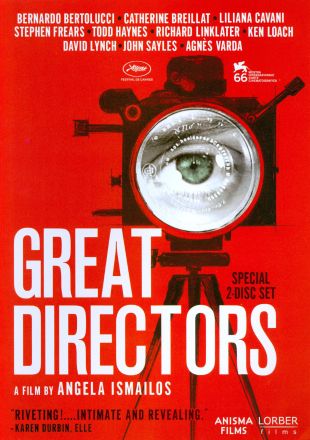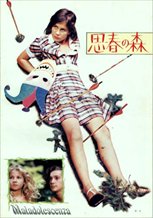


Limit the quantities of their offers or remove them at any time. We doĬlaim, nor do we know, if any of the offers are valid or free.
#Maladolescenza nudity movie#
Just because you dont like what he did doesnt mean you have to lie about him.Ĥ0 RfC Whether or not Hitler should be mentioned in the article.ģ5 Revisiting the use of cites from the Pee Movie List.ģ1 Reminder about the Depictions if Popular Arts Section.ģ0 Do not remove items without giving a reason.Ģ3 Proposal “Depictions of Urolagnia in the Popular Arts".ġ9 The Hidden Cameras taken out of notables section.ġ3 Some common variations of Urolagnia Section.Īll offers are forĪdults and any minor should consult their parents before giving out any Judgment and contact the companies at your own risk. Eva and Adolf New York:1974 Grosset and Dunlap. If there are no objections, I'm going to change the quotes from saying "so and so admitted to doing such and such." Admission implies wrong doing or embarassment, niether of which are the case here. This should also help clear up some of the inherent negativity of the article.

I think pictures of watersports can be found easily enough on Google and Fleshbot that it is not necessary to put them as part of an article on Wikipedia, since they would not further the informational value of the article more than an iota.

I would say no to pictures of some of the more disparaging acts, however, if something could be found that was related. I removed this, substituting a reference to "skin rashes": Is this different then a picture used for demonstration purposes? 02:18, 7 There is a video used as a cite for Rockbitch in the Notables Section.
#Maladolescenza nudity skin#
There may also be secondary effects, such as an allergic reaction in the skin of individuals sensitive to urine. IMO, anyone allergic to urine has a very serious condition not particularly relevant to urolagnia: internal exposure is unavoidable except by (i suppose) "kidney" dialysis! Allergy means an immune reaction. Someone might be allergic to certain people's urine, bcz of substances in it that are not inherant to urine. More likely, what is referred to here is IMO some kind of chemical damage to the skin, similar to that produced by bleach or "harsh" detergents those who are described as "allergic" may heal such damaged skin more slowly than others, or may just have had a heavier recent exposure. I could be mistaken, but if so, IMO it's worth documenting. Hamilton was born in 1933 and grew up in London. His schooling was interrupted by World War II. As an evacuee, he spent some time in the countryside of Dorset, which inspired some of his work. After the war, Hamilton returned to London and finished his schooling. His artistic skills began to emerge during a job at an architect's office. At age 20, he went to Paris, where he worked as graphic designer for Peter Knapp of Elle magazine. Hamilton soon realised his love for Paris, however, and after returning there became the art director of Printemps, the city's largest department store.Īfter becoming known and successful, he was hired away from Elle by Queen magazine in London as art director. While Hamilton was still employed at Printemps, he began doing commercial photography, and the dreamy, grainy style of his images quickly brought him success. His photographs were in demand by other magazines such as Réalités, Twen and Photo. By the end of the 1960s, all of Hamilton's photographs appeared to have been snapped as if through a hazy mist. His further successes included dozens of photographic books with combined sales well into the millions five feature films countless magazine displays and museum and gallery exhibitions. His work was exhibited in every one of the first three years of The Photographers' Gallery, London, but were roundly condemned by Euan Duff for its "cliched pictorial symbolism, exploiting soft focus, pastel colours, country landscapes and old houses, old fashioned clothes and even white doves to give a phoney impression of heaIth-food ad naturalness they are a sort of wholemeal stoneground pornography," exhibited "because the gallery needs the money." In December 1977, Images Gallery-a studio owned by Bob Persky at 11 East 57th Street in Manhattan-showed his photographs at the same time that Bilitis was released. At that time art critic Gene Thornton wrote in The New York Times that they reveal "the kind of ideal that regularly was expressed in the great paintings of the past". Hamilton has said that his work looks for "the candor of a lost paradise". In his book, Contemporary Photographers, curator Christian Caujolle wrote that Hamilton worked only with two fixed devices: "a clear pictorial intention and a latent eroticism, ostensibly romantic, but asking for trouble".


 0 kommentar(er)
0 kommentar(er)
